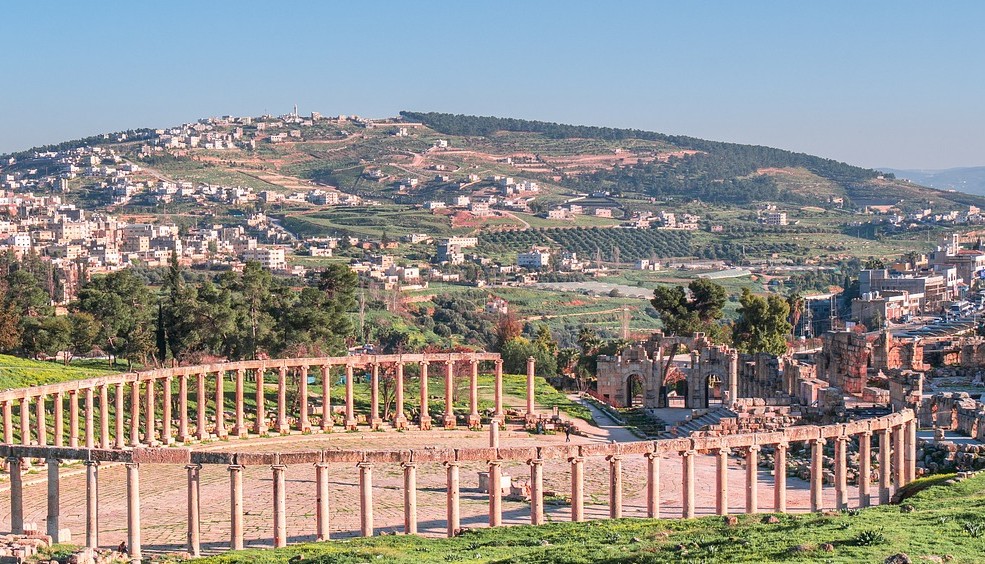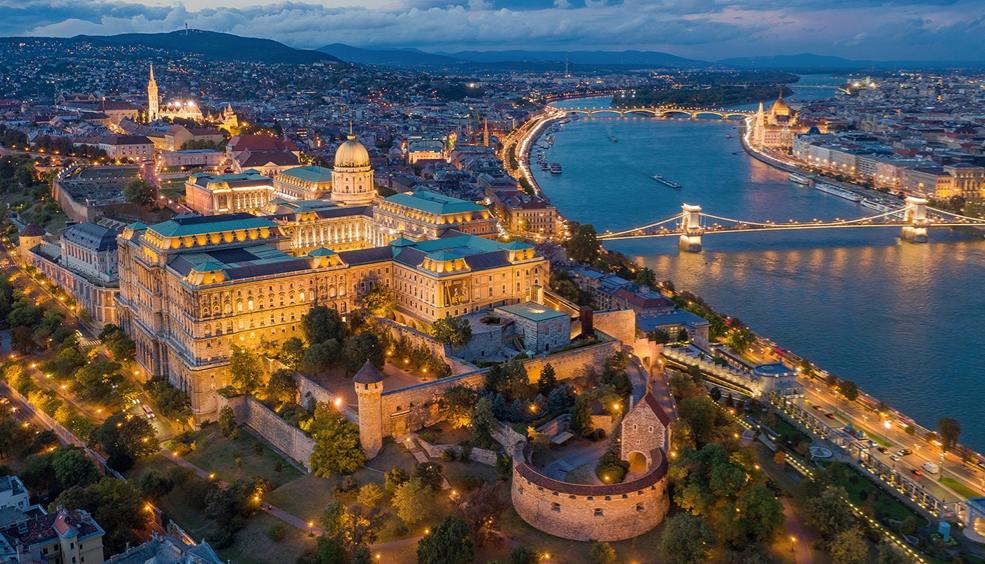Yummy ice cream from Catania!
One of the experiences you can not miss if you visit Catania is to enjoy an authentic 'gelato' while you stroll through its streets and its monuments. Although the ice cream in Italy is an institution, the Sicilians are the most famous and it is one of the pillars of their food culture.
Its making has its own characteristics, with traditional recipes that have been passed from generation to generation, to obtain a softertextureand extraordinaryice cream flavors. Its traditional character is one of its greatest assetsand traditionalice creamandice-cream makers still use the same methods they have always used.
You'll notice thatthe ice creamis served inthe classic scoop, not with the device for forming balls to which we have become used. Try the Ernesto ones, in Via Ruggero di Lauria91-93,at the Pasticceria Quaranta, in Piazza Mancini Battaglia, or Pasticceria Gelateria Santo Musumeci on the Piazza SantaMaria, 9-10.
Artisanal granita
The ice cream is integrated in one of the most typical products of Catania, the 'broscia' or brioche. It is filled with countlessice cream flavors like pistachio, chocolate, caramel, lemon, strawberries, walnuts, hazelnuts, blackberry, tangerine or almonds.
Although granita is a typical Sicilian ice cream, it has little to do with the traditional Italian ice creams; it is similar toa slush but more creamy and refreshing, and is made with natural fruit. Idea lto start the day, especially in summer, being the typical Catanese breakfast.
The different flavors come from the rich products elaborated from the volcanic soil of Etna, mineral products that produce excellent lemons and oranges, tangerines, almonds, strawberries, cherries, hazelnuts and chestnuts. From these ingredients the maximum quality is respected without add in gscentsor preservatives.
But how do you recognizethe perfect granita? One ofthe featuresto look outis that their colorsare soft, which indicates that carries no dyes.For example, almond should be all white, and pistachio, will be more an off greenish, not garish green.
You also have to keep in mind that good granita should be consumed within a few hoursafter its preparation. Whenyou try it, make sure that the icehas not crystallizedor form spuddles.
You'll find the best ones in many places around Etnea street, but the ones from the Pasticceria Savia clearly stand out, one of the most prestigious pastry of Catania, located in Via Etnea 300. Or in the new Prestipino restaurant, located in Via Etnea 30-32, in the beautiful setting between Piazza Duomo and Piazza University.
Also in Etoile D'or from Via Beato Cardinale Giuseppe Benedetto Dusmet, 7, the Chocolate Cafe in Viale Ruggero di Lauria, 129, where you can taste their successful versions made of almonds and pistachios in the seafront. As in Café de Paris, in Viale Ruggero di Lauria, 25, one of the favorite places of the inhabitants of Catania.
One of the most centric and busy is the historical Cafe Europa in Italia, 302. A meeting place to try the essentials of Catanese cuisine. Here, in particular the most requested is their strawberry version.
So you feel like visiting Catania, do you? Book your flights here!
Palio di San Ranieri – Magical Days in Pisa
Saint Ranieri is the patron of the Tuscan city of Pisa and of travellers. Spectacular celebrations in his honour and commemorating his death are held each year on 17 June and the previous day. The highlights are the Luminara di San Ranieri and the Regatta Storica, staged in some of the city’s most emblematic spots.
Luminara di San Ranieri – Pisa by Candlelight
On 16 June, as the sun begins to set, Pisa comes alight with the Luminara di San Ranieri. Thousands of lights appear in windows and on cornices, illuminating the outlines of buildings, churches and bridges and setting up a unique and very beautiful effect. Some 70,000 candles, known as lampanini or lumini, placed in cups and on candlesticks, are consumed in this spectacle of light. The display is magical and a stroll along the banks of the river Arno and across its bridges as you contemplate the reflections of the lights playing on the surface of the water is an unforgettable experience.
That night is the ideal time for visiting the city’s landmark buildings which, being lit up, provide an extraordinary sight. The 12th-century city walls on the Piazza dei Miracoli (Square of the Miracles) frame a monumental complex consisting of the Duomo and the famous Leaning Tower of Pisa, the Baptistery and the Monumental Cemetery – a whole historical complex enhanced by the candlelight. At 11 p.m. a great fireworks display starts up at the Cittadella Vecchia (Old Citadel), painting the sky of Pisa in a host of colours. That is when everybody congregates around the river Arno as it affords the best view of the spectacle.
Regatta Storica di San Ranieri
On the following day, the feast of Saint Ranieri, the celebrations continue across the whole city, featuring music, dancing and banquets. Another noteworthy event in honour of the saint takes place that same day, the Regatta Storica di San Ranieri, a race between rowing boats representing Pisa’s four historical districts – San Francesco, San Martino, Santa Maria and Sant’ Antonio. The boats are reconstructions of the stefaniane, a typical rowing boat used by the Order of the Cavalieri di Santo Stefano.
Apart from the Leaning Tower, What Else is there to See?
Pisa is the jewel of Tuscany, a destination that attracts thousands of tourists eager to soak up its art and historical heritage. The birthplace of Galileo Galilei has a lot to offer, apart from the Leaning Tower. Corso Italiai s the city’s shopping precinct, the ideal place for picking up an Italian fashion garment or for enjoying the café terraces. Borgo Stretto, too, with its elegant bars and haute couture stores. This medieval alley eventually leads into the Piazza dei Cavalieri (Knights’ Square), the city’s historic centre. The square boasts centuries-old buildings, such as the Palazzo della Carovana, also known as the Palazzo dei Cavalieri, built as the headquarters of the Order of the Knights of St Stephen, which now houses one of Italy’s most prestigious universities, the Scuola Normale Superiore di Pisa. Opposite stands the Palazzo dell’Orologio (Clock Palace) with its two medieval towers. Legend has it that this palace was built over the remains of the Torre della Fame (Tower of Hunger) where, as cited in Dante Alighieri’s Divine Comedy, the Conte Ugolino della Gherardesca was imprisoned, together with his sons, accused of treason by the archbishop. The key to their cell was thrown into the river Arno and they all died slowly of hunger.
Incidentally, Piazza Dante is another of the city’s landmarks. It provides smooth access into the alleyways of the medieval city with its countless bars and restaurants serving Tuscan cuisine. The food is excellent in Pisa and, by avoiding the more commercial circuits around the Leaning Tower, is not necessarily expensive.
Text by Scanner FM
Images by Fabio Gismondi | elenavataga | Federico Caboni | Alex | Alessandro | Guillaume Baviere
more info5 top destinations this summer (2023)
If you're still undecided about where to go this summer, we're about to make it easy for you. We have prepared a few ideas, both popular and less well known, that will get people talking this year.
more info4 ROMANTIC DESTINATIONS TO SWEEP YOUR PARTNER OFF THEIR FEET
Whether to celebrate Valentine's Day or an anniversary, or simply to give your partner an amazing gift, here are some ideas for a romantic getaway.
more info




